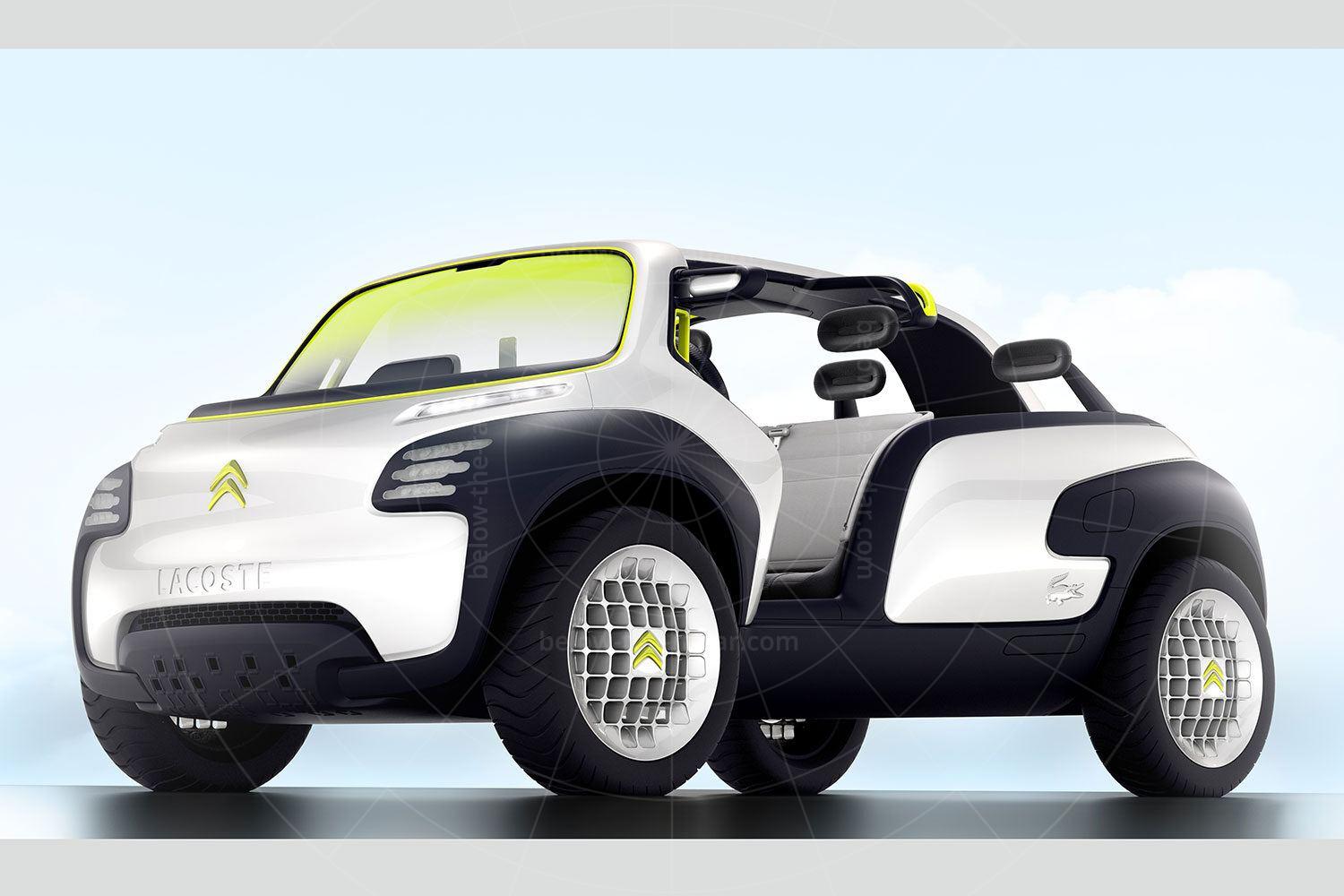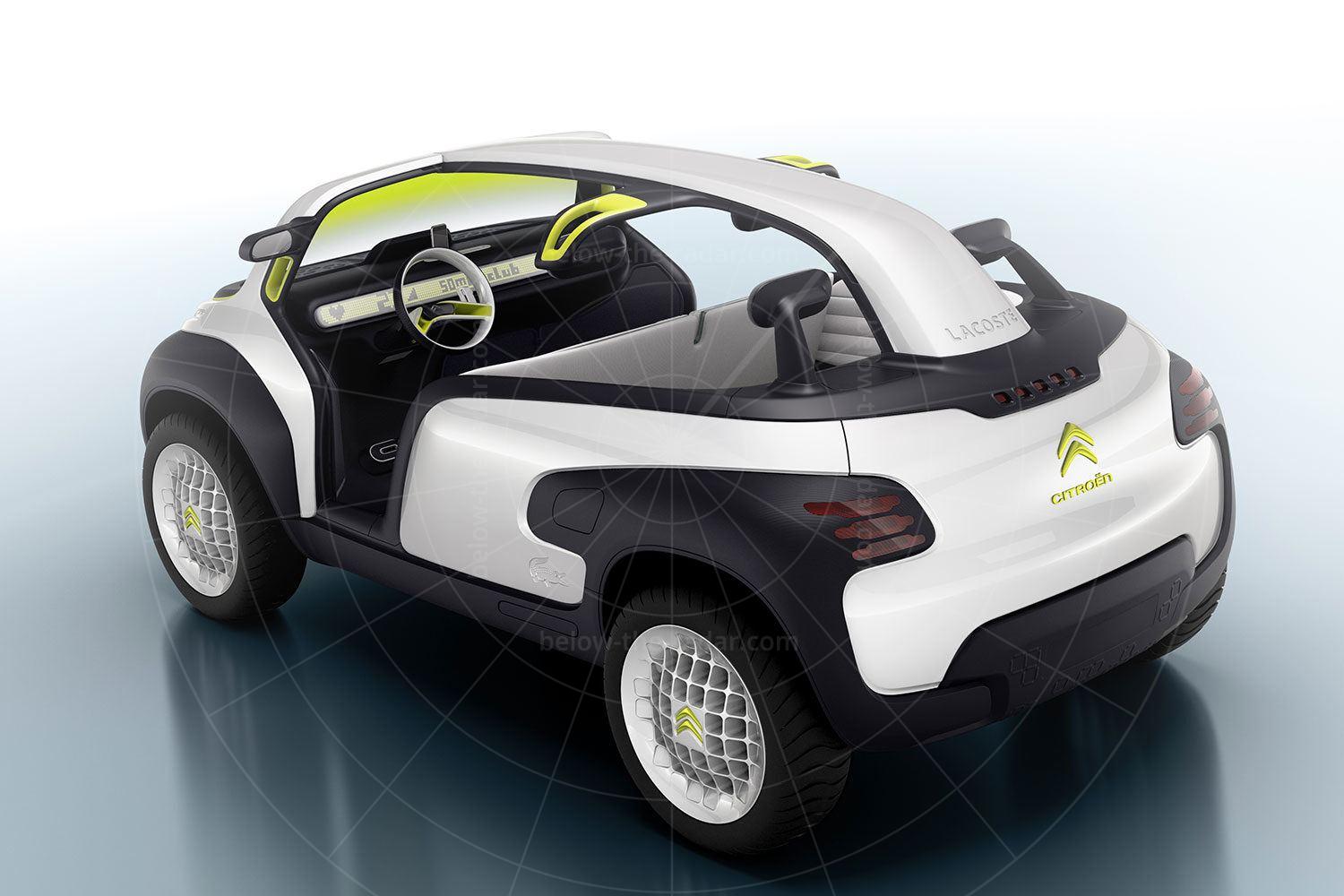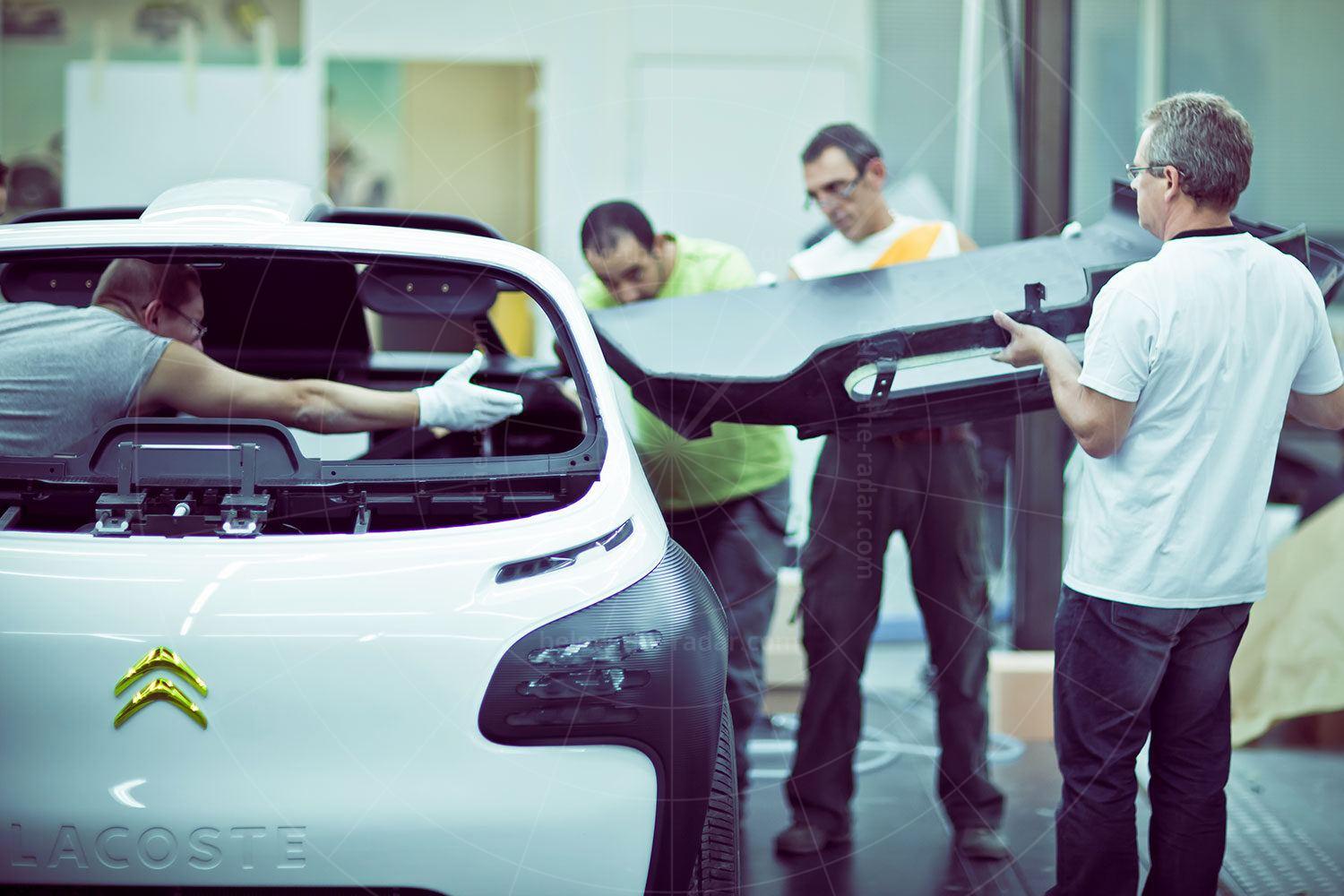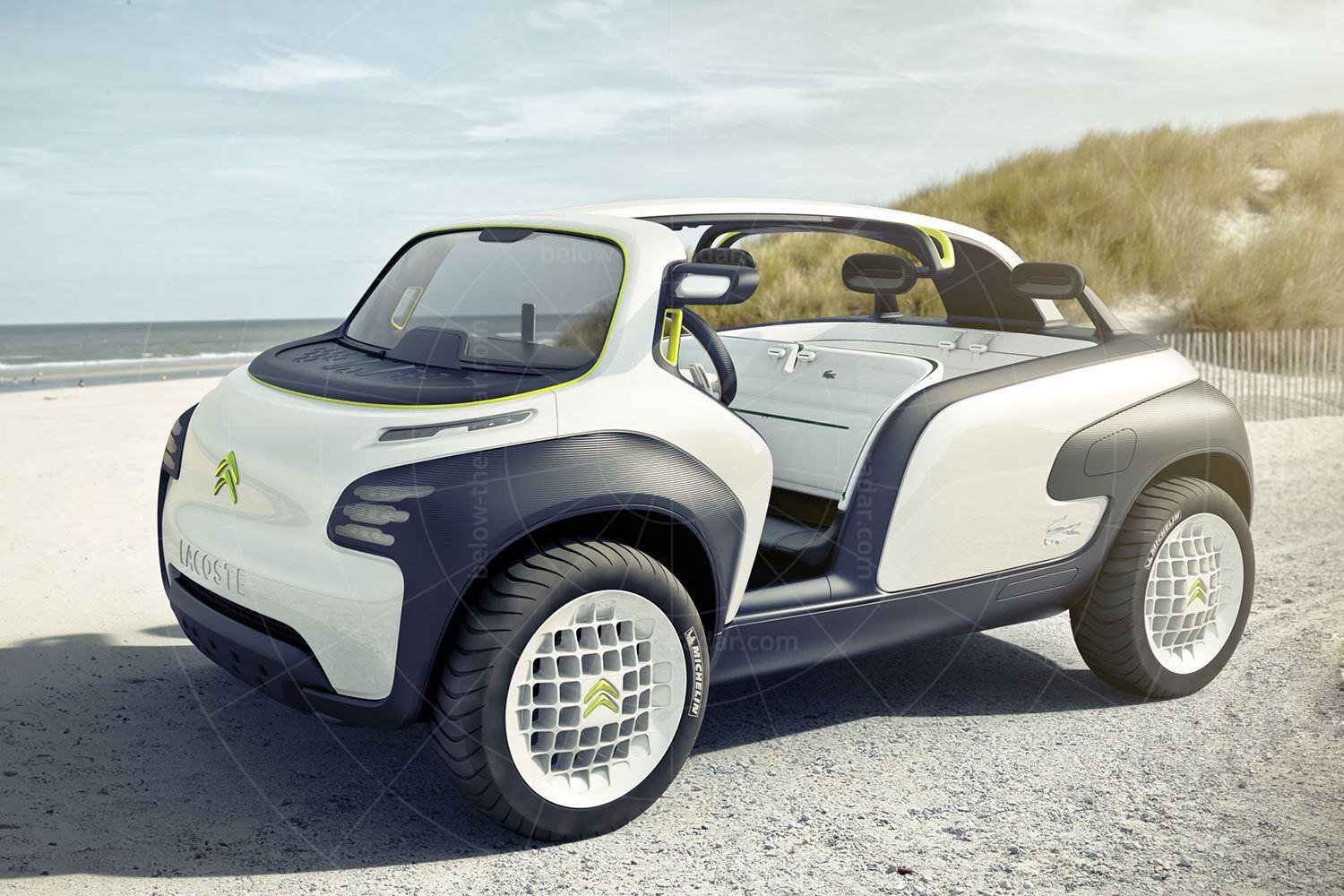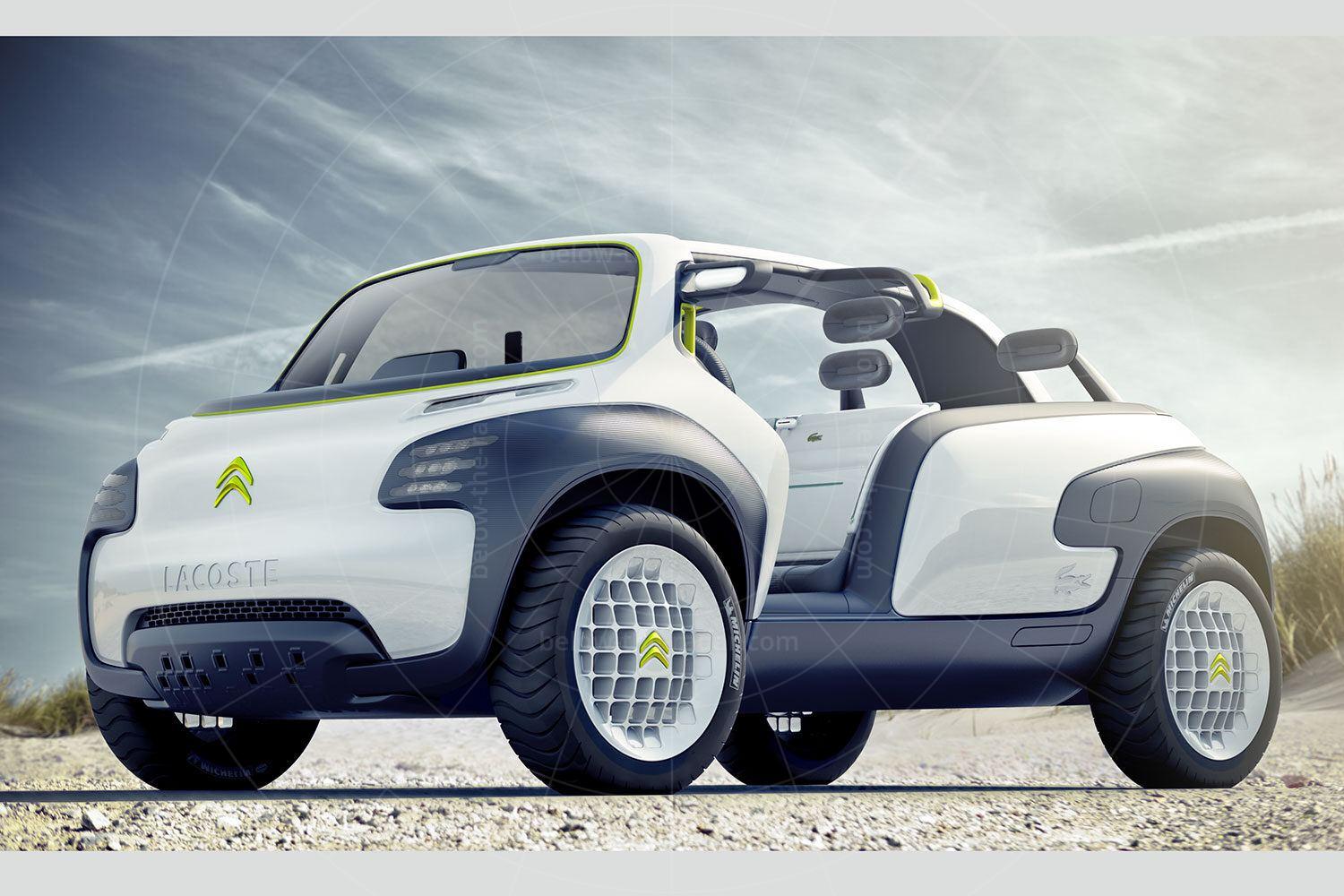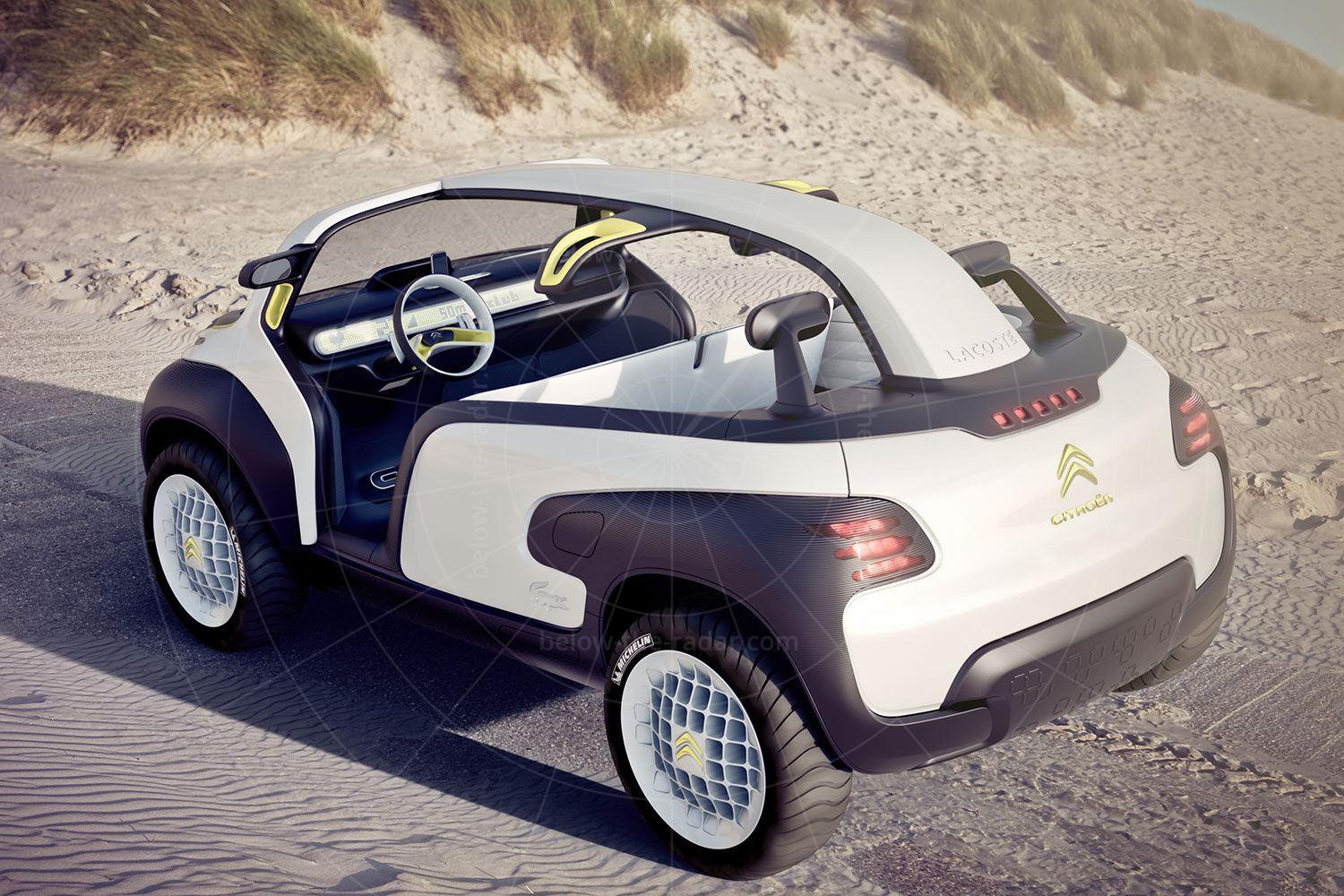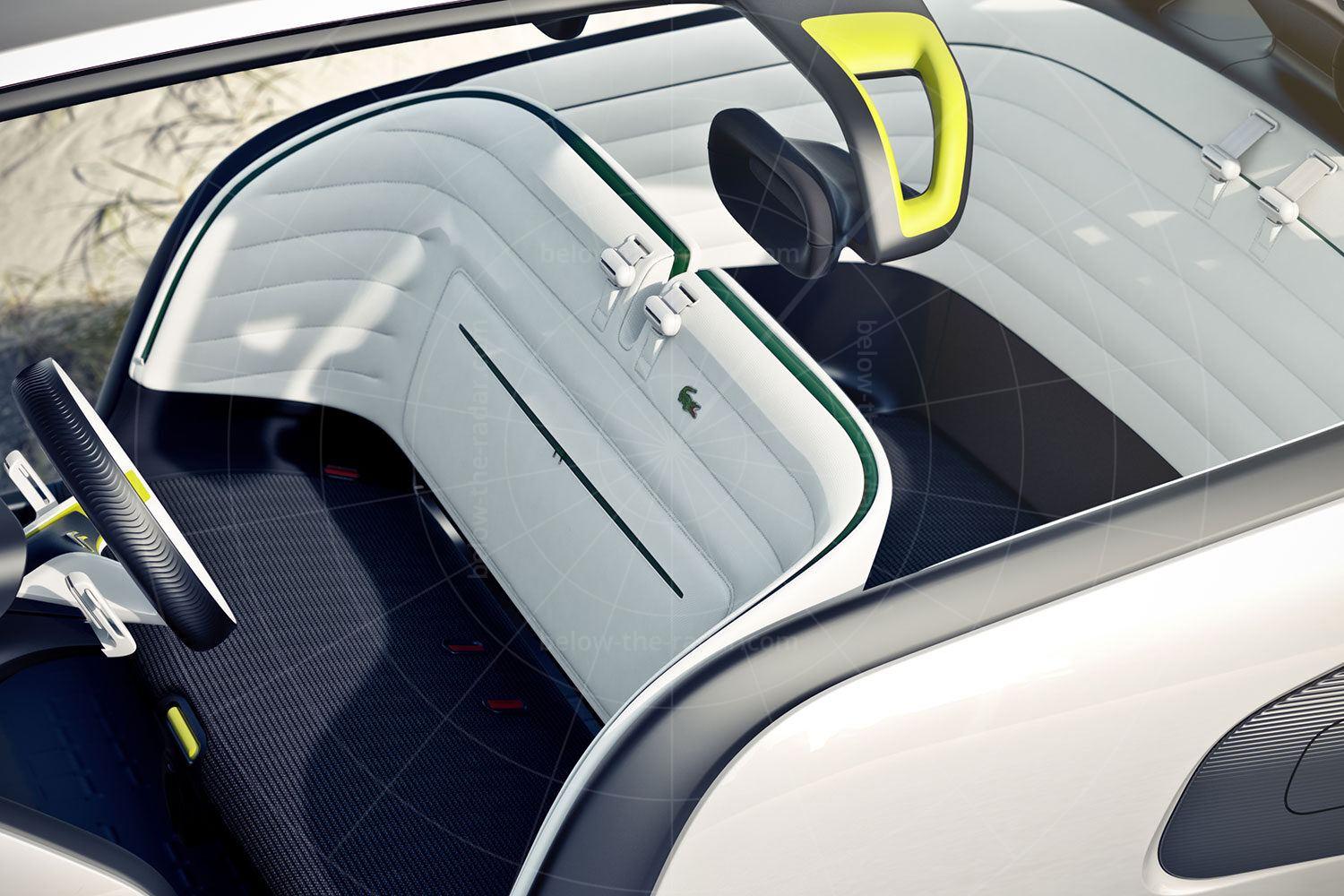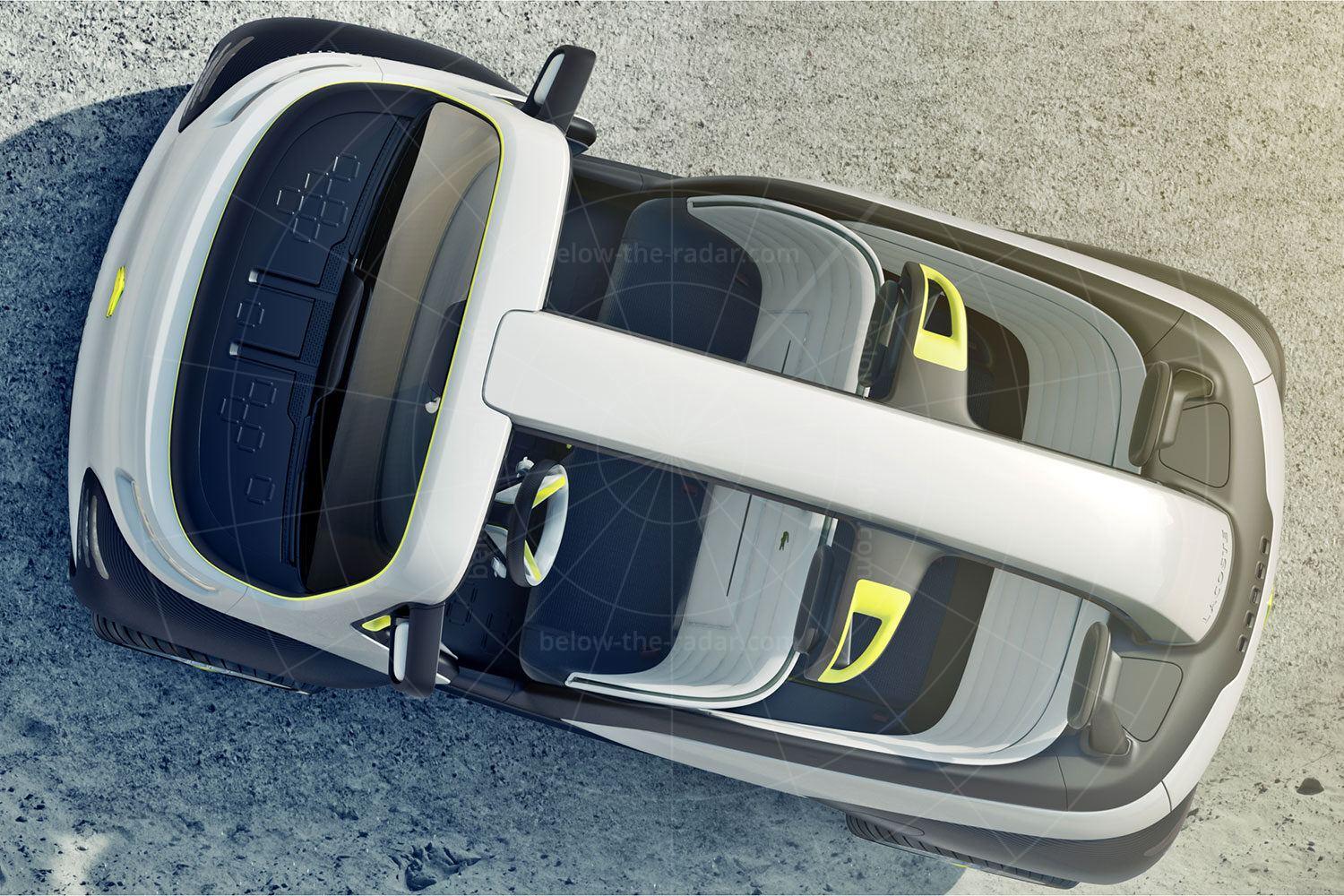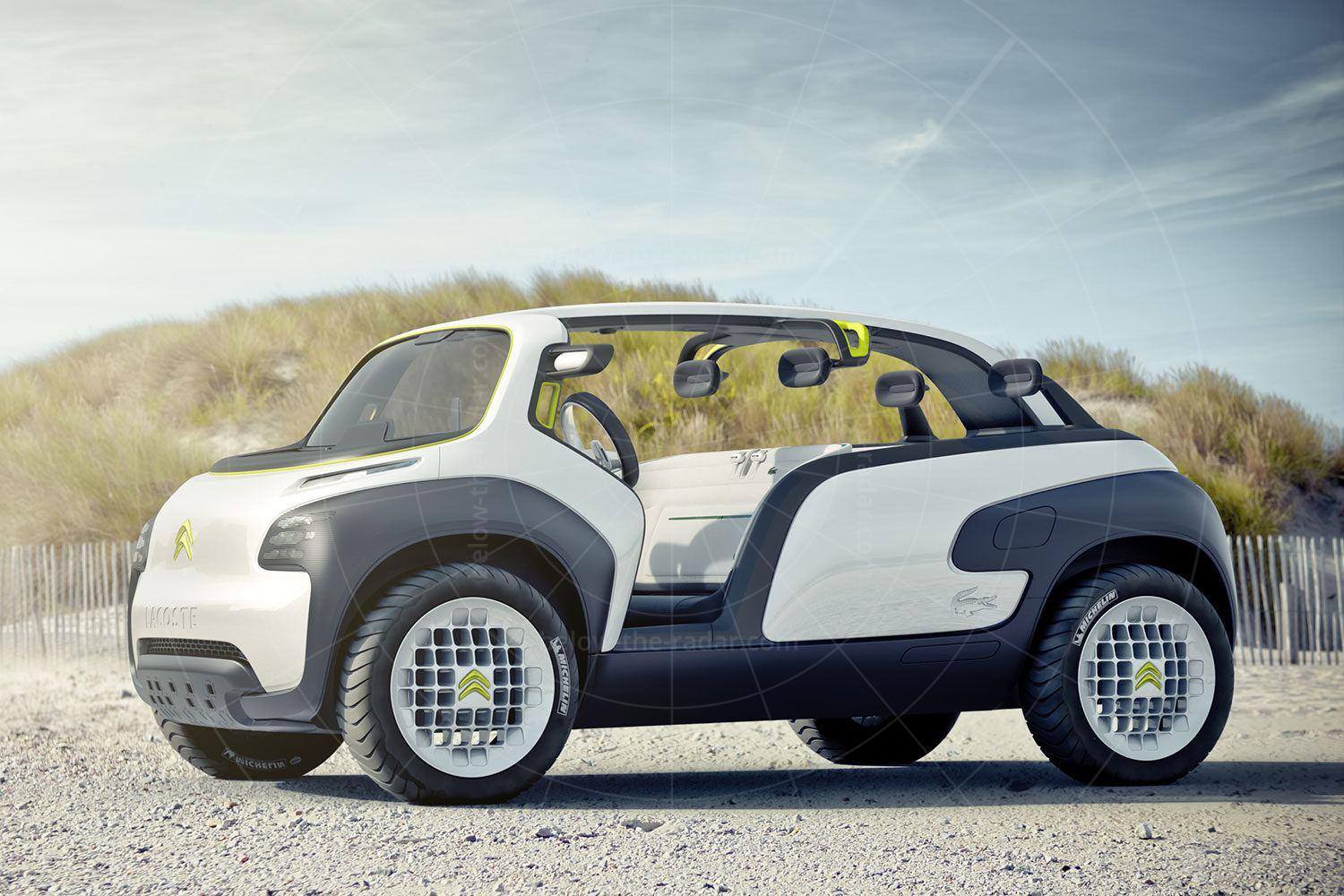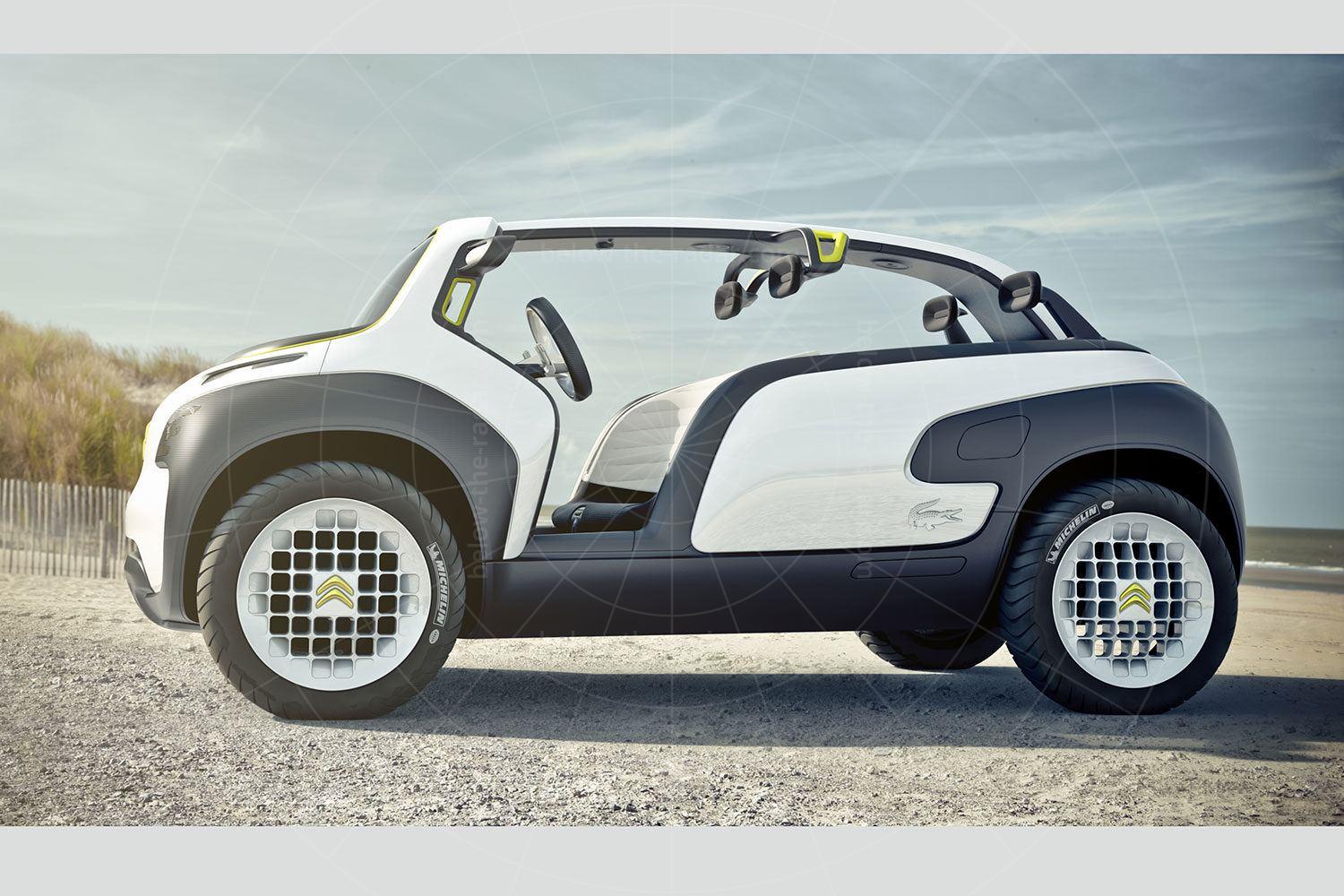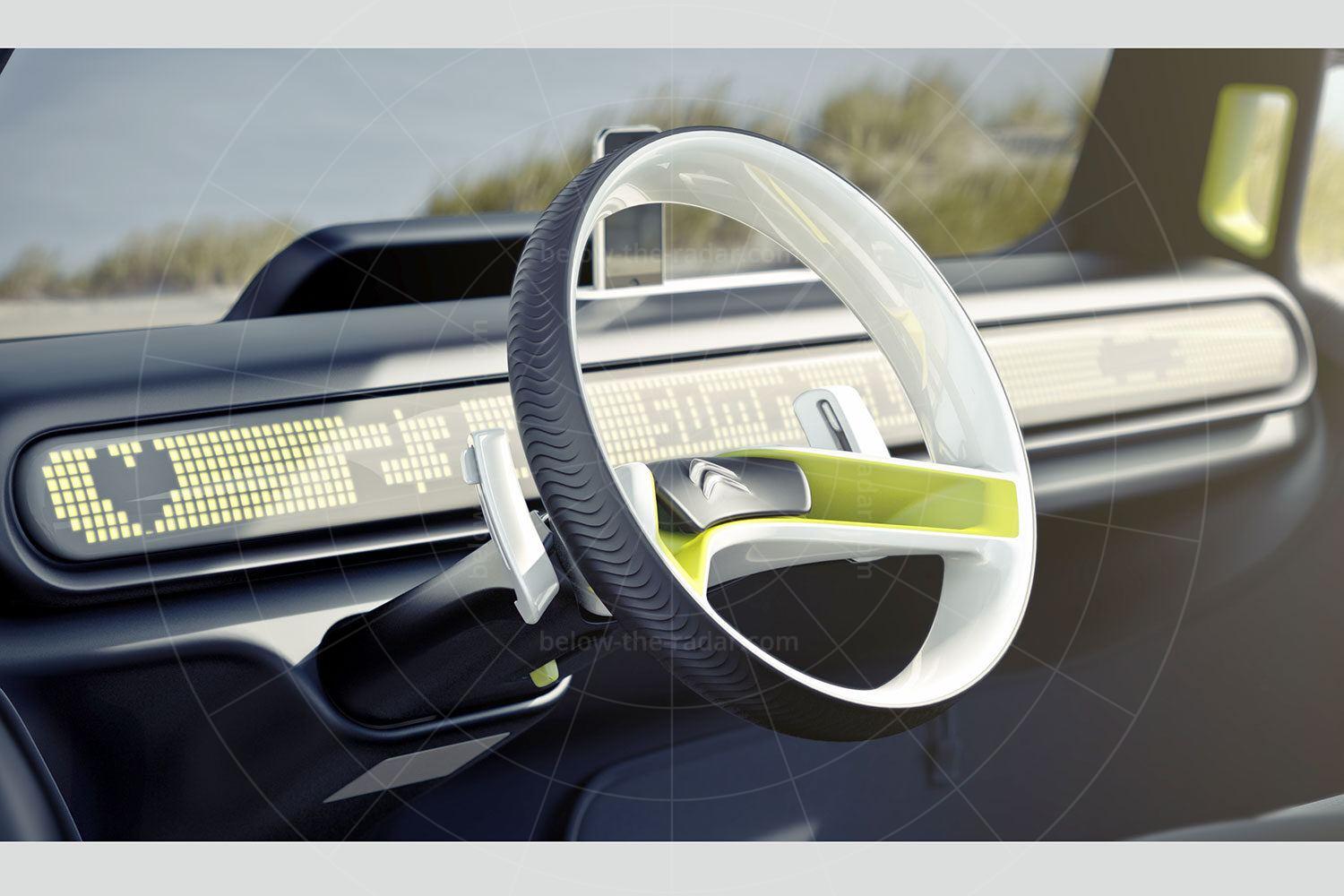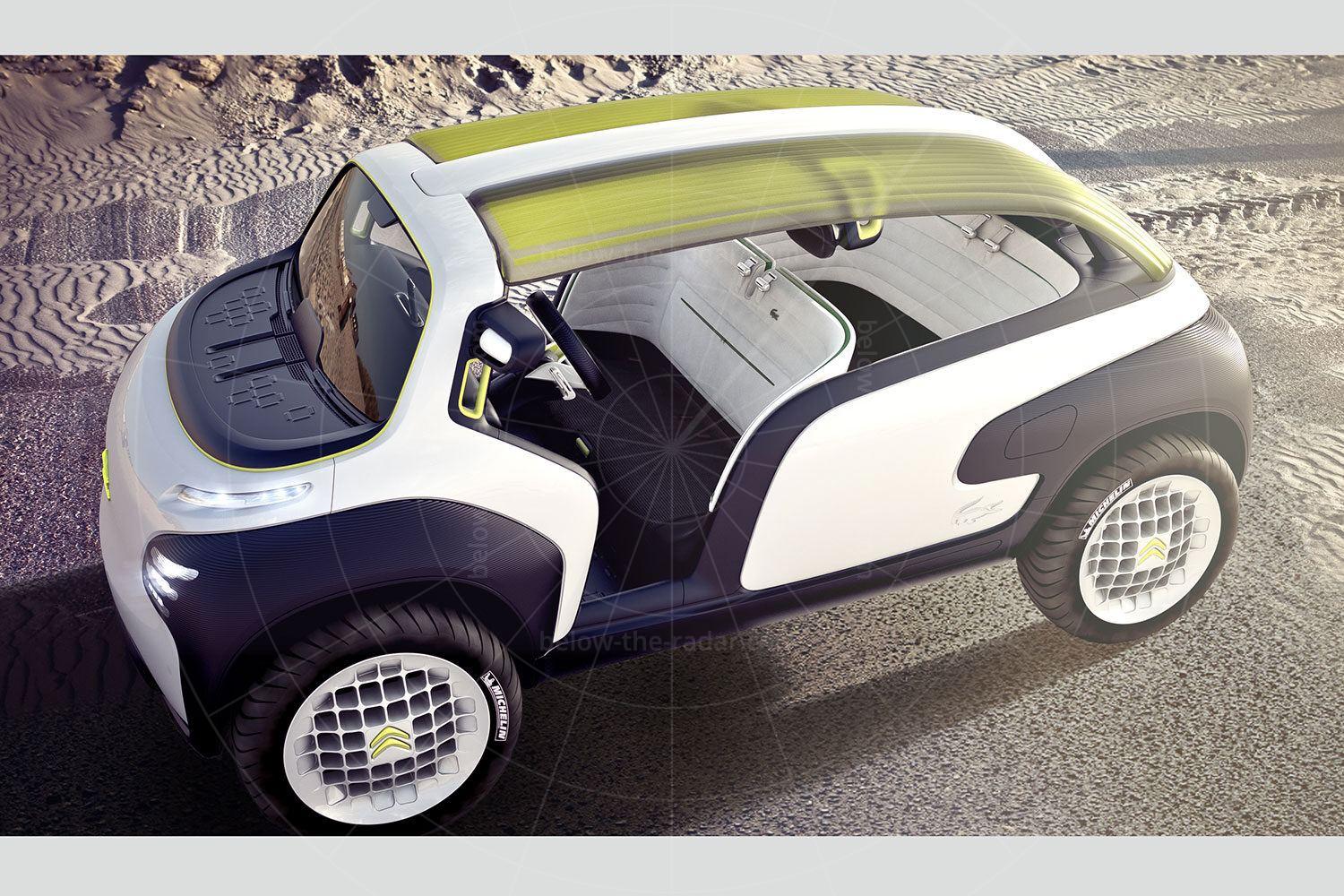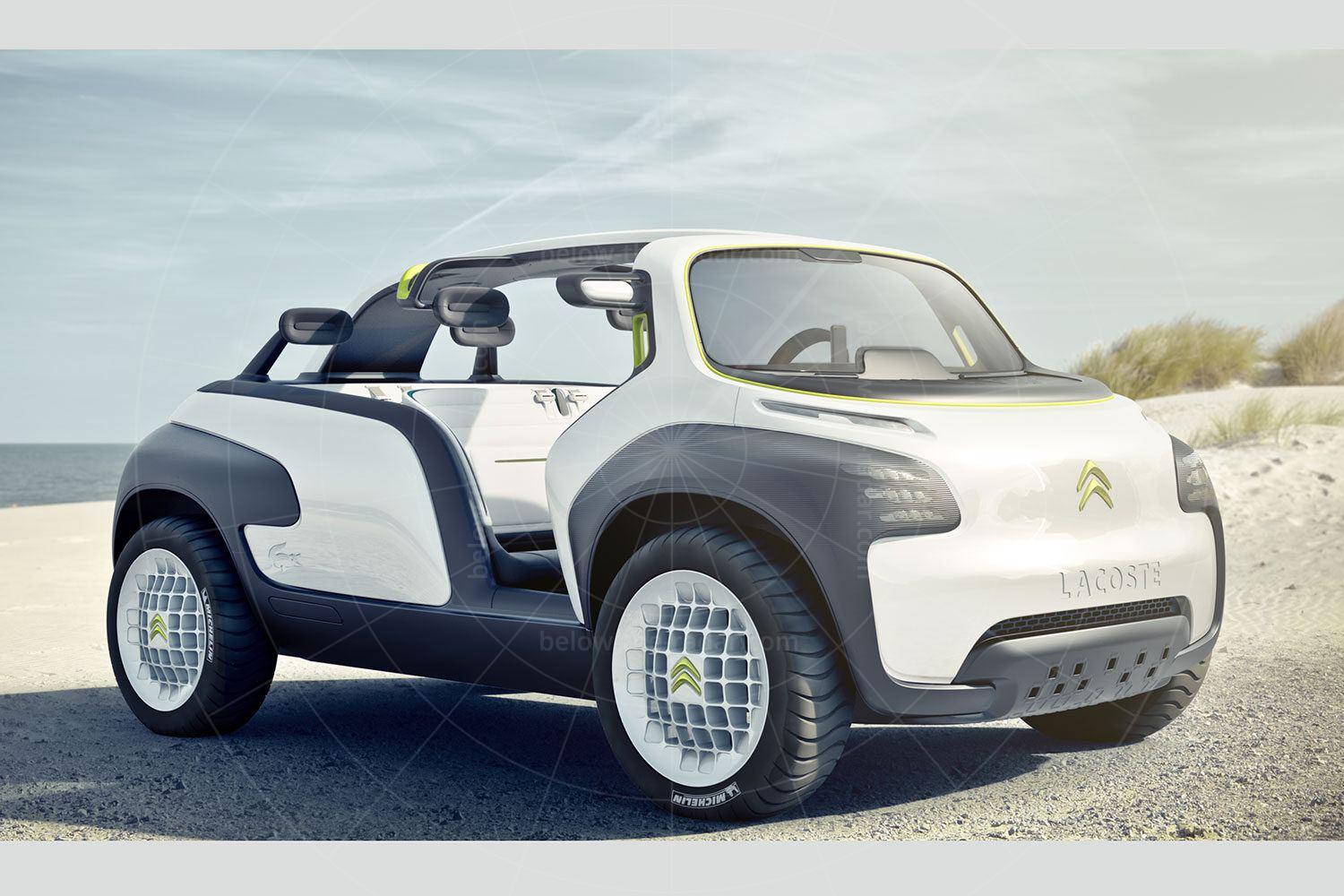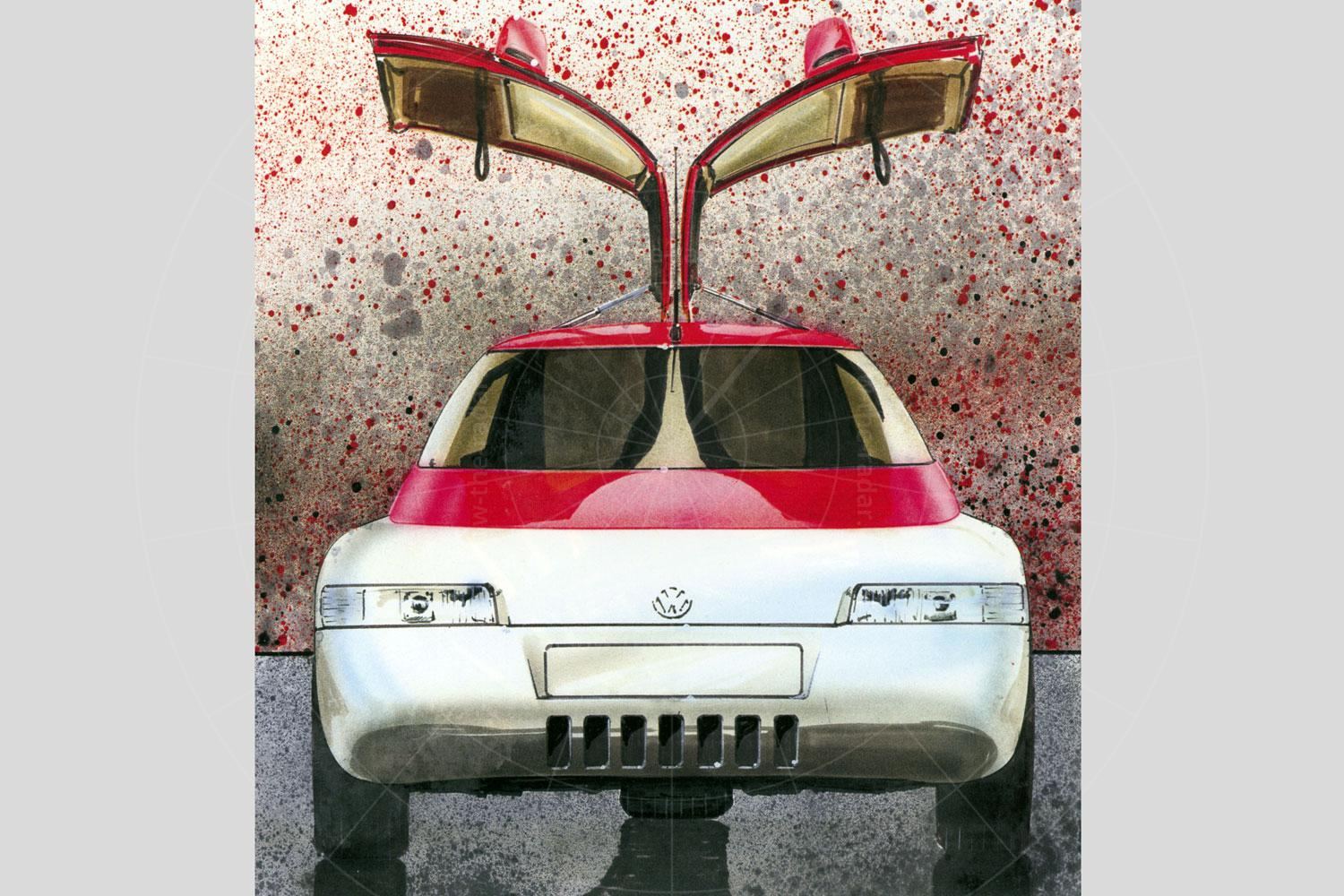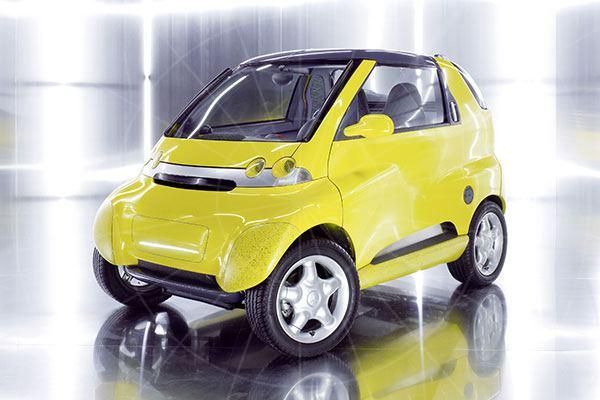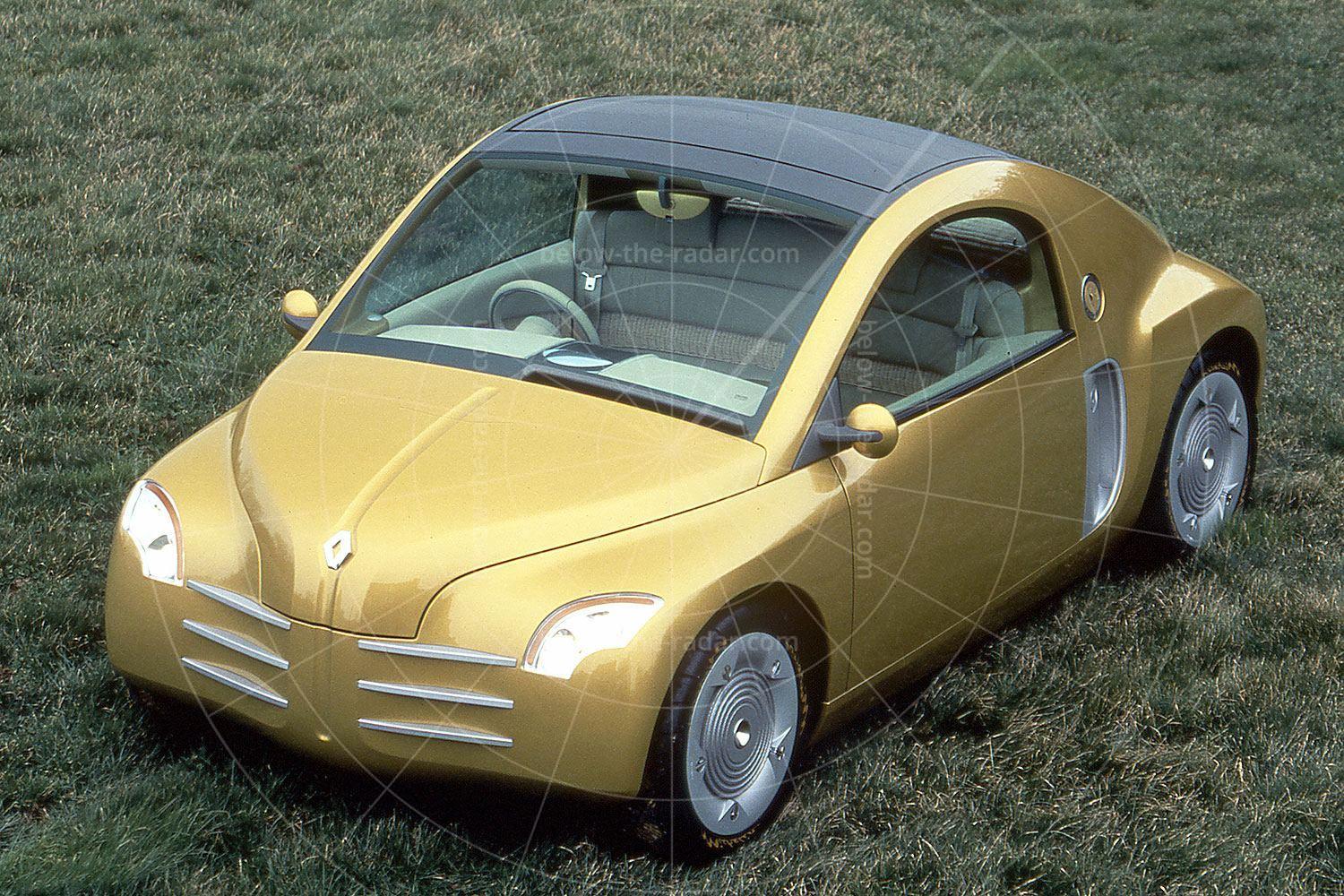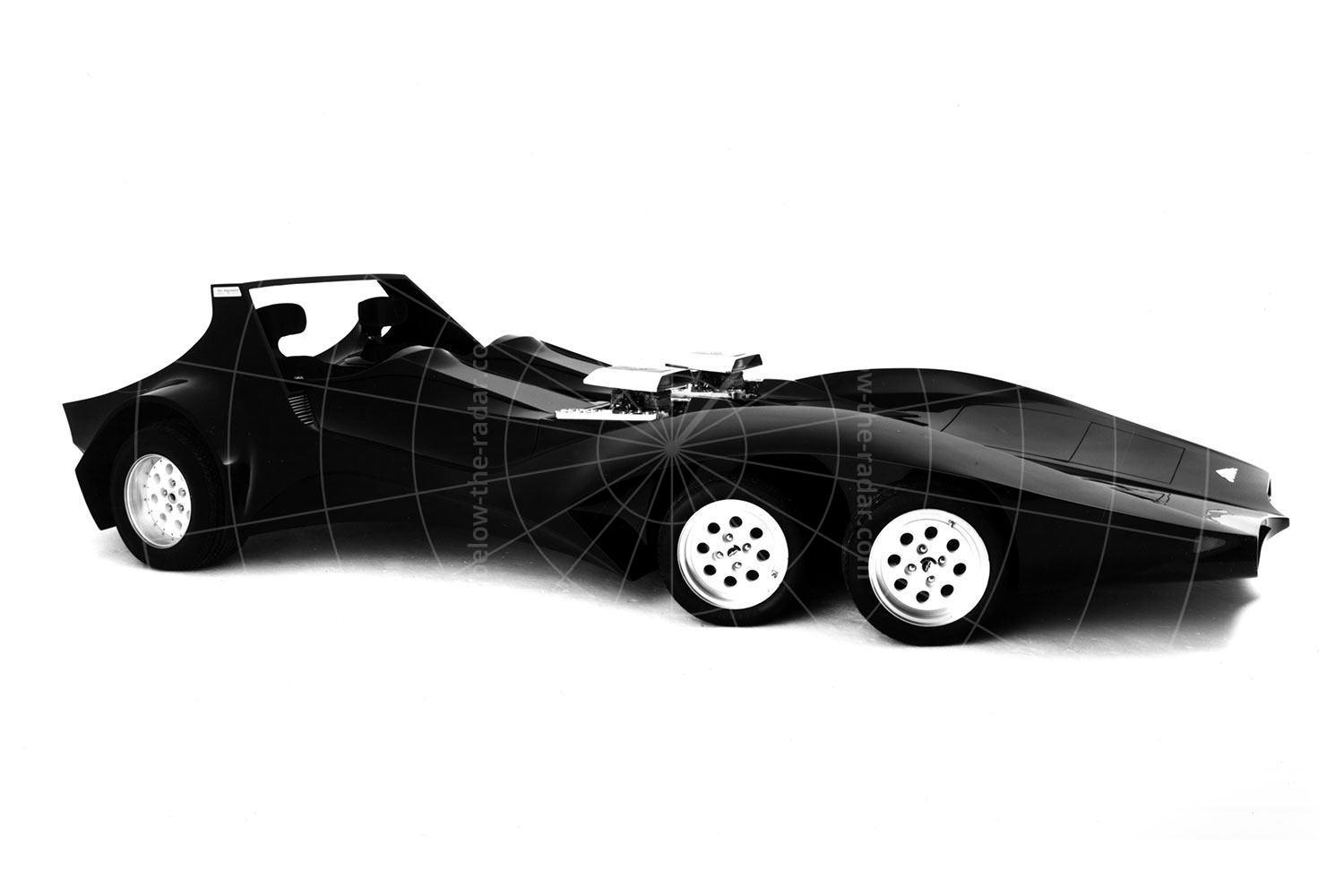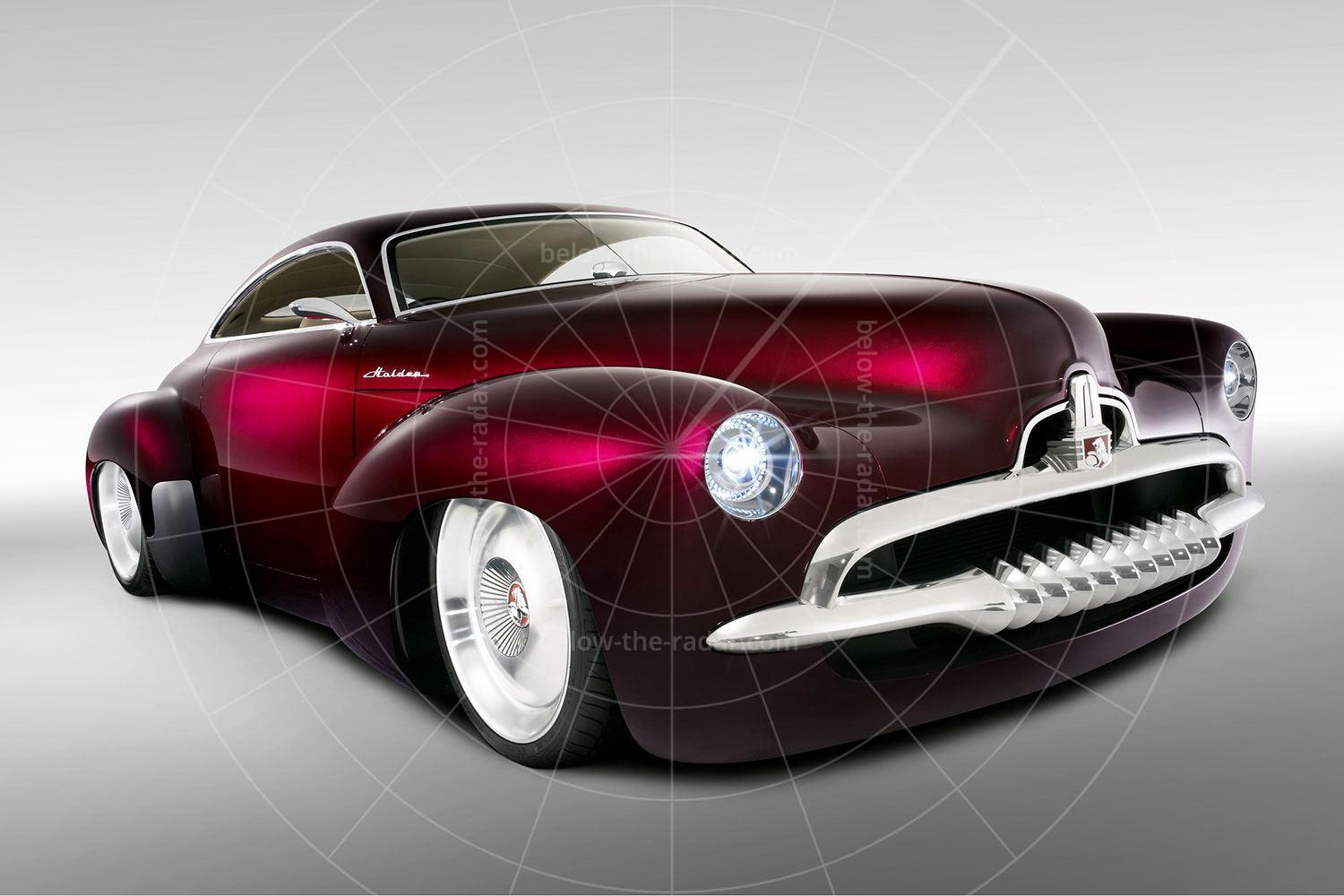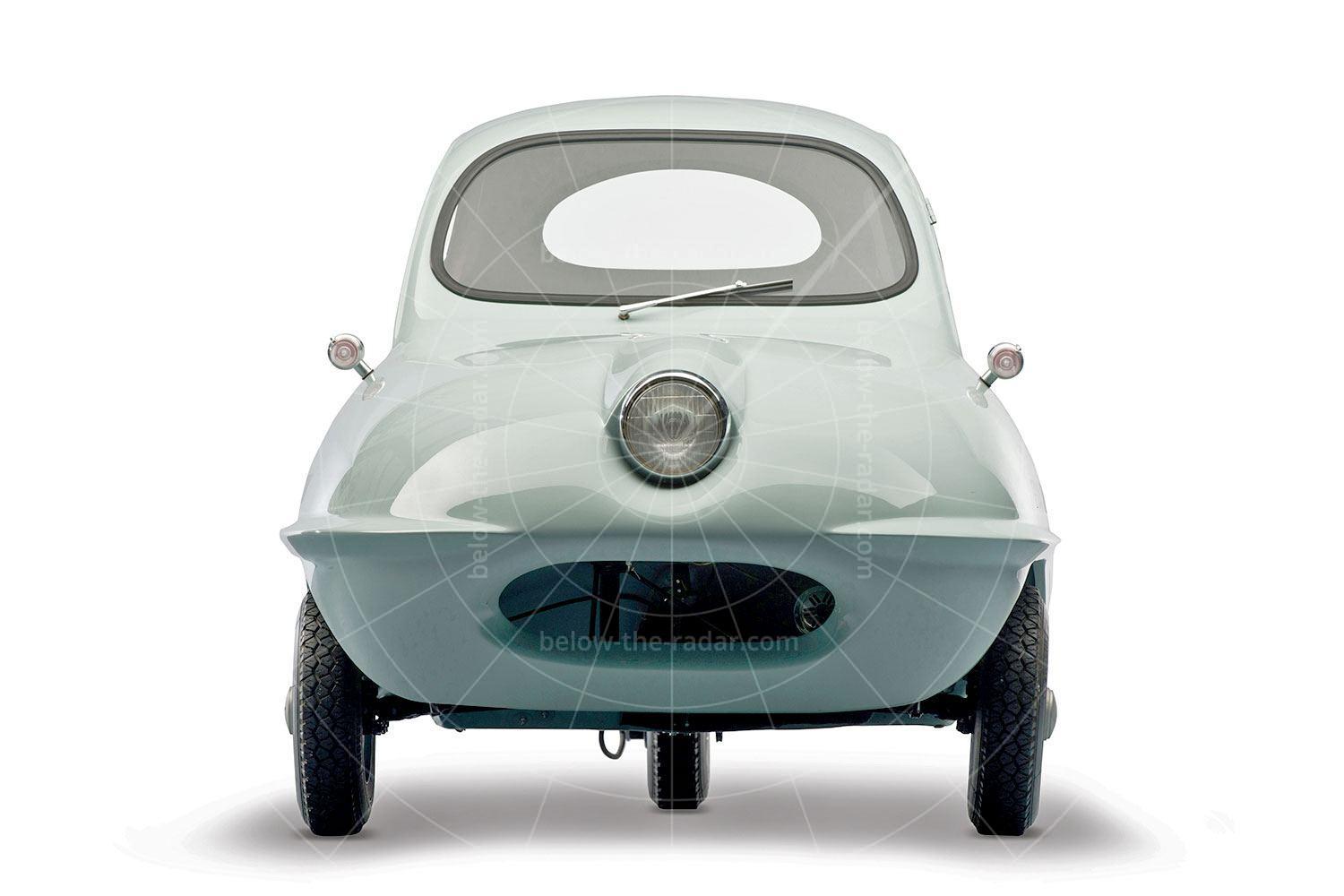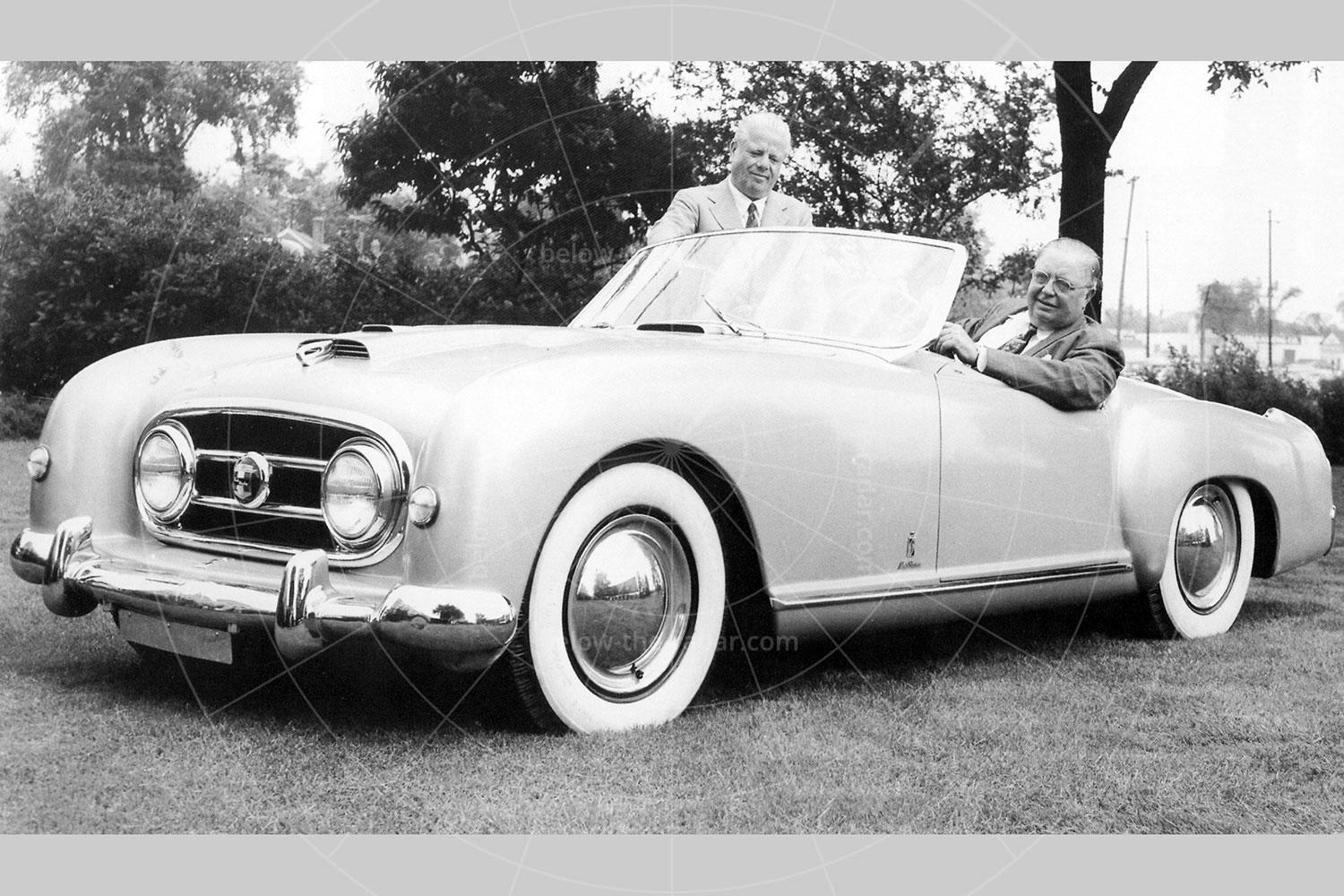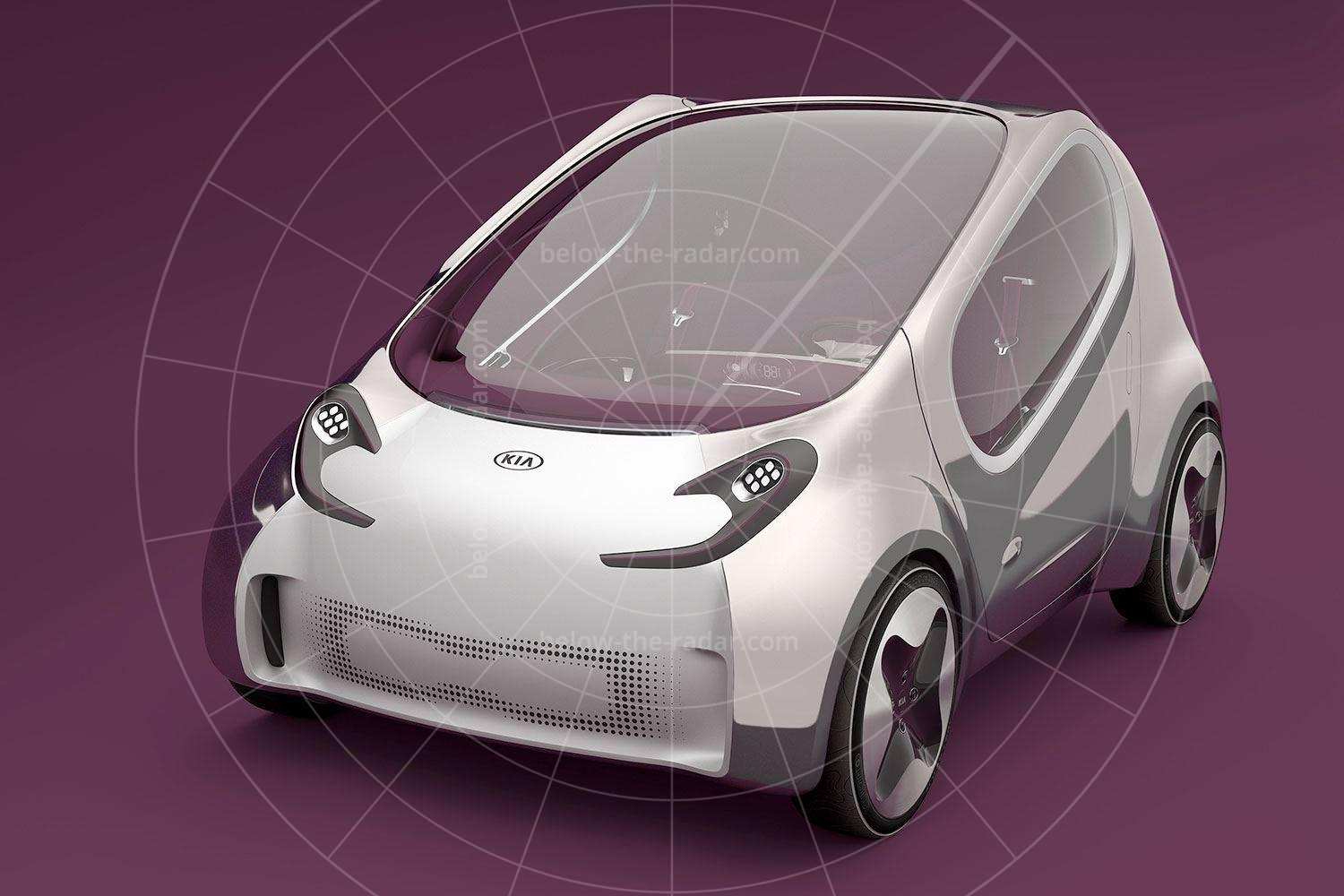For most people in 2010, life had become all too serious. That was Citroen’s contention anyway, and with the Lacoste its aim was to do something about it – to inject some fun into peoples’ lives by producing a car that was fresh, innovative yet still decently usable. After years of so-so design, Citroen had finally rediscovered its mojo around this time, and the Lacoste was proof that once again, people might buy one of the company’s cars to stand out from the crowd, and not just because they wanted cheap transport.
When it was unveiled, Citroen claimed that the Lacoste “alluded to leisure and pleasure, taking a simplified, no-nonsense approach to motoring – without forgetting refinement – and transporting passengers to a lighter, fresher world”. While it would be easy to see that as marketing hype, it spelt out very clearly where Citroen positioned this fun-loving concept.
That position was somewhere close to the Mini Moke of the 1960s, so while the Lacoste didn’t major on performance, it was intended to provide some sort of driving thrills. Like the Moke, the Lacoste offered a back-to-basics approach that put fun above everything else, largely thanks to offering an exposure to the elements that was missing from most open-topped cars of the time. By keeping its weight to a minimum, the Lacoste also promised the sort of agility not seen since the Moke.
You didn’t have to drive the Lacoste for it to raise a smile though; just looking at it was enough to have those laughter muscles exercised like mad, and let‘s face it – you couldn't say that about many cars of the time.
The Lacoste was never meant to be a technological tour de force. Indeed, one of its key points was that it featured as little technology as possible; this was meant to be a stripped-out fun car after all. That’s not to say it was completely devoid of innovation though, with the dashboard’s large-pixel information display being the highlight. While this didn’t look especially impressive – it was a reference to the original video games of the 1980s after all – it was actually a lot more high-tech than it looked. This information display provided details of the car’s speed and other functions, while also flashing up oversized icons in place of the more usual warning lights.
It was around this time that most concepts – and indeed many production cars – were using much more compact lighting than had been the case in the past. As a result, the front and rear lights of the Lacoste were very discreet, to the point where they were barely noticeable until they were illuminated. That’s something which would have been impossible just a few years before.
The Lacoste made no pretence at being practical; this was a car designed for having fun in the sunshine, and if it was pelting down with rain – well, you just had a bit less fun. Probably. But you didn’t have to get soaked through because while the Lacoste looked as though it was roofless – aside from the central spine that ran along its length – there was actually some basic protection available from the elements. When rain was detected the roof would pop out from this spine, to offer some form of protection – although the sides of the car were still left open. However, by making this roof from a translucent yellow material, whatever the weather was doing the Lacoste’s interior was bathed in warm light.
By leaving the sides of the Lacoste fully open, entry and exit couldn’t have been easier; the front doors were replaced by cut-outs that would have given the health and safety nannies palpitations; access to the rear seats was just as easy, with passengers simply jumping on to the rear bench, which could be slid into the boot so bulky items could be transported more easily.
Indeed, the Lacoste was aimed at those with active lifestyles, which is why it could also be fitted with specially designed sports equipment, such as tennis racquets, golf clubs, skis, a surfboard or a bike, with owners deciding on the theme of their weekends.
As Citroen put it, the Lacoste combined elements from the various worlds of motoring, fashion and sport, taking stylistic references from all three. The cabin featured countless storage areas for extra practicality, while the seats were overstitched in white cotton, the weave closely resembling that of a polo shirt, an iconic Lacoste design. Building on this theme, the seatbelt anchorage points featured ‘necklines’ like a polo shirt, while the seats were covered in robust, rope-like cotton.
| Vital statistics | |
|---|---|
| Debut | Paris 2010 |
| Engine | Front-mounted, normally aspirated petrol, 998cc 3 cylinders |
| Transmission | 5-speed manual gearbox, front-wheel drive |
| Power | 68bhp |
| Torque | 69lb ft |

